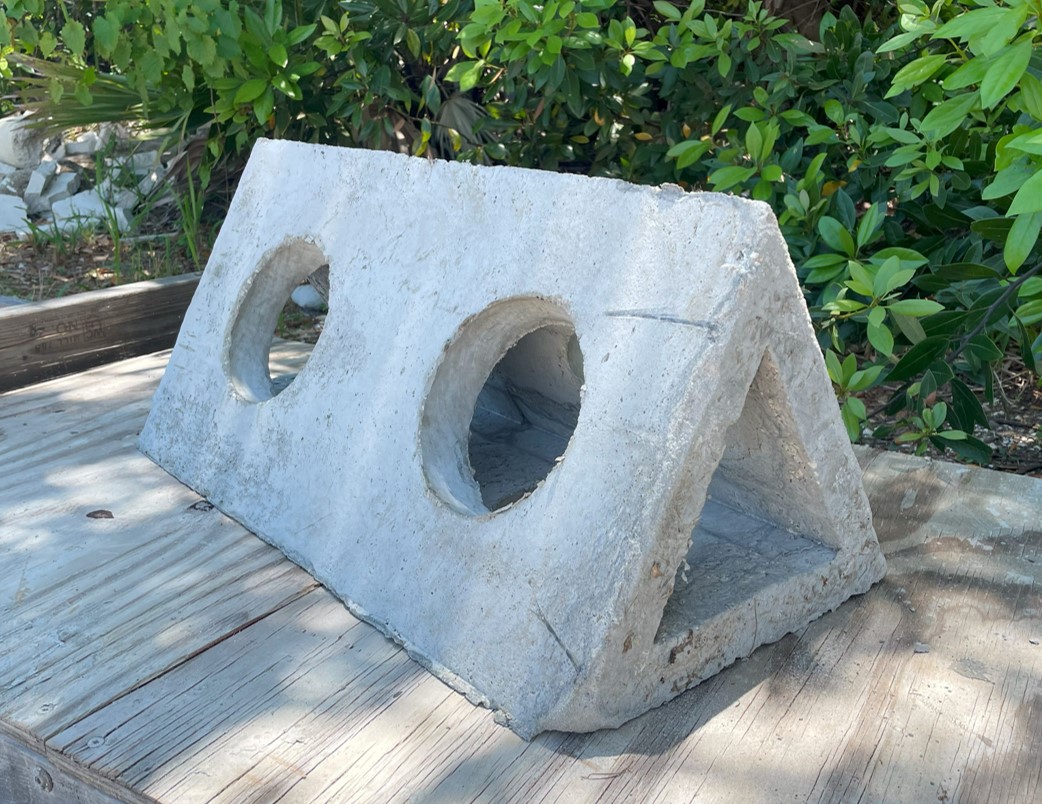Project Summary
Foraminifera, or forams, are single-celled protists with multi-chambered shells. Heterotrophic forams, which consume bacteria, dominate in more nutrient-rich habitats, whereas autotrophic forams with symbiotic algae dominate in more nutrient-deficient habitats. This study tests predictions of the balance of functional types under different presumed nutrient conditions. It was hypothesized there would be more heterotrophs than autotrophs in the Yucanán Peninsula. Two locations, Akumal and Punta Maroma, were studied, with sites established within locations. Forams were sampled at each site. Location was expected to play a larger role than site, since Akumal is in an area that is more nutrient-rich. The most common foram species was actually an autotroph, Heterostegina antillarum, rather than a heterotroph, and the ratio of functional groups varied more by site than by location.
Project Objective
Foraminifera are good indicators by showing sediment quality, pollution, and water quality (A’ziz 2021). This study explores the variability across spatial scales of the balance between heterotrophs and autotrophs. Heterotrophic forams predominate more nutrient-rich environments due to the increased bacteria abundance (Hallock 1999).
Manufacturing Design Methods
Forty-three samples were collected from coral reefs along the Yucatán Peninsula in a hierarchical design (Fig. 1). Samples were collected from three main sites: 12 from Dick’s, 13 from Yal-Ku, and 18 from Punta Maroma. I used previous research gained from using a microscope and CellSense on the computer to focus on the more abundant foraminifera at the three sites. Out of the 43 samples total, data was collected from each of the three sites, with six transects and varying samples at each. Data collection was random by only identifying a random 300 grains from each sediment sample. After viewing more samples and continuing Foraminifera research, ideas to analyze foram species amounts, scale of the ratio of functional groups, and feeding styles arose.
Specification
The data collection of each of the 43 samples took a process of seven steps. First, a sediment sample was mixed. Second, a 63 micrometer sieve was used to gather the larger sand grains, shells, and Foraminifera to put in a Petri dish. Third, a black surface was used with the dissecting scope to better see the Foraminifera and identify them. Fourth, 300 random grains were counted and if Foraminifera they were further identified. Fifth, the heterotrophs and autotrophs were documented. Sixth, a brush was used to clean off the Petri dish and other materials. Seventh, after all 43 samples were examined, analyze the results.
Analysis
Heterotrophic Foraminifera were more abundant than autotrophs at the three sites, but the most common species was Heterostegina antillarum, an autotroph (Fig. 2). The ratio of heterotrophs to autotrophs varied more among sites than among locations (Figs. 3 and 4). This indicates that foraminiferal assemblages respond to environmental variability at a small scale.
Future Works
Overall, the most common species of Foraminifera does not make that the more populous functional type, and the scale of functional types is statistically more helpful when on a smaller scale. However, results may be different with a larger variety of sites and locations. Experiments can always be more accurate when the field of study is expanded. The sites used in this experiment were all in the same general area of the Yucatán Peninsula. Different environments would cause the need for a larger variation of environmental indicators, causing increased diversity to take place, with many more species and feeding styles. Fortunately, the knowledge that site spatial scales matter more with Foraminifera will help these organisms be more accurate as environmental indicators.
Other Information
Foraminifera, also known as forams, are single-celled protists with shells (Wetmore). Their shells are made of multiple chambers, with the internal shell known as the test. Like most shelled organisms in the ocean, they are made of organic compounds, calcium carbonate, crystalline aragonite, or cemented sand particles (Wetmore and Ocean World). Forams have been around for millions of years, with their fossils being found at the bottom of the ocean among the sand (Wetmore). There are actually two different classes of forams, the majority are benthic forams that live on or near the seafloor and the rest are planktonic forams that float freely (Ocean World). Forams vary in their sizes, and are best viewed under a microscope. They range from 100 micrometers to almost 20 centimeters long (Wetmore).
Heterotrophic forams are either opportunists or other small taxa. An opportunist is an organism that is able to sustain its life from different sources (Biology Dictionary Online). In favorable conditions it immediately takes advantage of the opportunity to thrive. Benthic forams use their pseudopodia for locomotion, and heterotrophic forams use their thin pseudopodia to catch food by extending it from its shell (Ocean World). Autotrophic forams gain energy from photosynthesis and feeding. Sunlight and inorganic nutrients provide food and enhance calcification (Wetmore). The photosynthetic process is limited by the amount of sunlight, carbon dioxide, nitrogen, and both simple sugars and glycerol (Biology Dictionary Online). The sugars and glycerol produced by the foram helps the foram’s host, and the foram will uptake the host’s metabolites, creating a symbiotic relationship.
Forams are good ecological indicators, which explains why certain species live at different sites. They are ecological indicators, showing different environments of the present and past causing each species to require certain conditions. Forams can indicate sediment quality, heavy metal pollution, organic pollution, and water quality (A’ziz 2021). They can also trace lagoonal and forereef sediment after storm movement, specifically carbonate sediment sources (Li et al. 1997). In addition, forams can indicate oxygen isotopes in shells, help find oil sites, and aid research with a tracer species of Foraminifera (Li et al. 1998). Scientists use forams for research because they are small for studying, abundant in the ocean, over 500 billion years old, differ in shape with time and depth, have short reproductive cycles, and have trace elements in their shells (Ocean World).
Manufacturing Design Methods
Forty-three samples were collected from coral reefs along the Yucatán Peninsula in a hierarchical design (Fig. 1). Samples were collected from three main sites: 12 from Dick’s, 13 from Yal-Ku, and 18 from Punta Maroma. I used previous research gained from using a microscope and CellSense on the computer to focus on the more abundant foraminifera at the three sites. Out of the 43 samples total, data was collected from each of the three sites, with six transects and varying samples at each. Data collection was random by only identifying a random 300 grains from each sediment sample. After viewing more samples and continuing Foraminifera research, ideas to analyze foram species amounts, scale of the ratio of functional groups, and feeding styles arose.







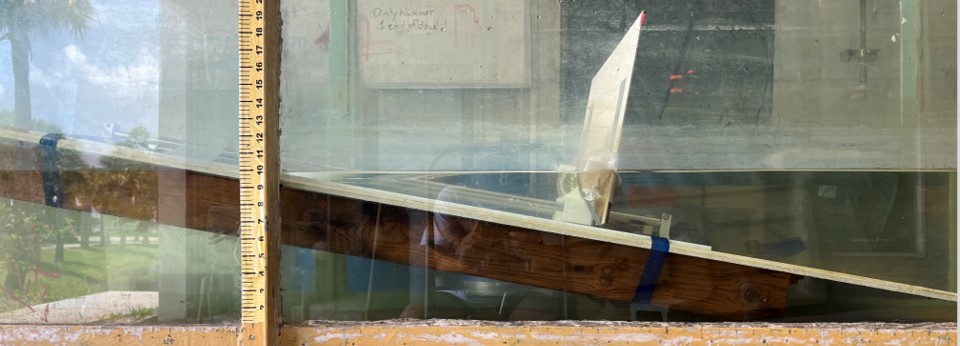

.jpeg)
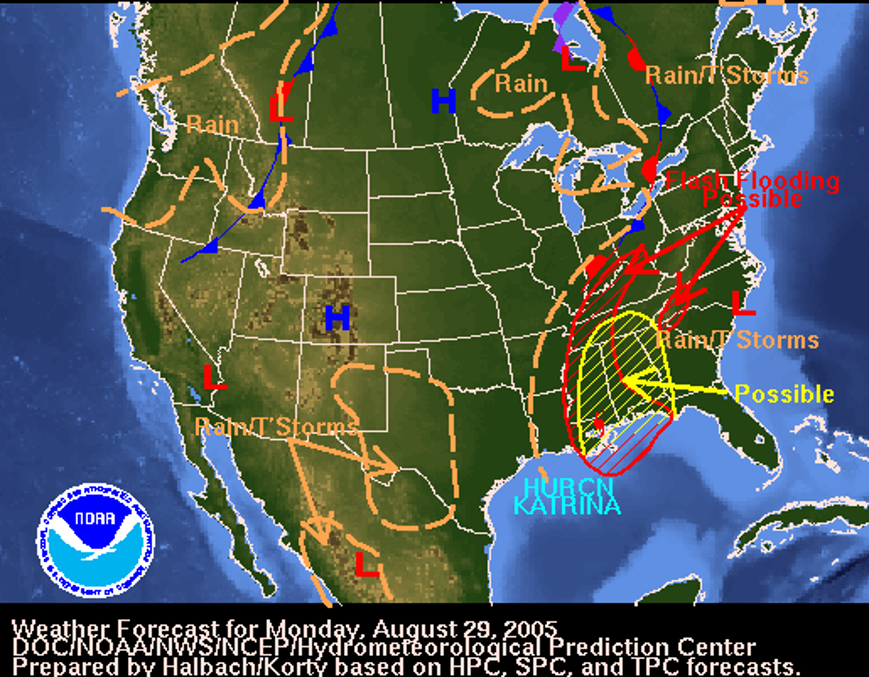
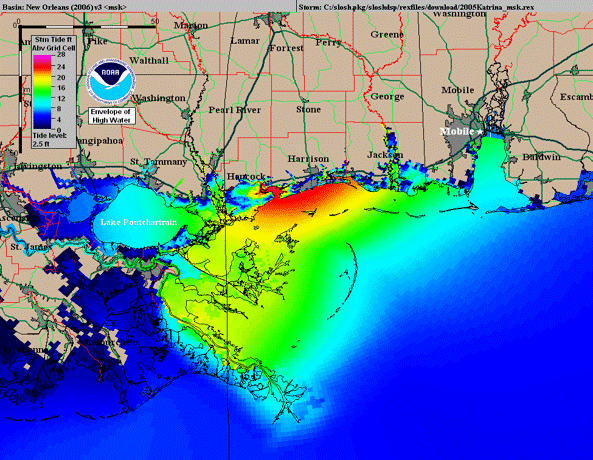


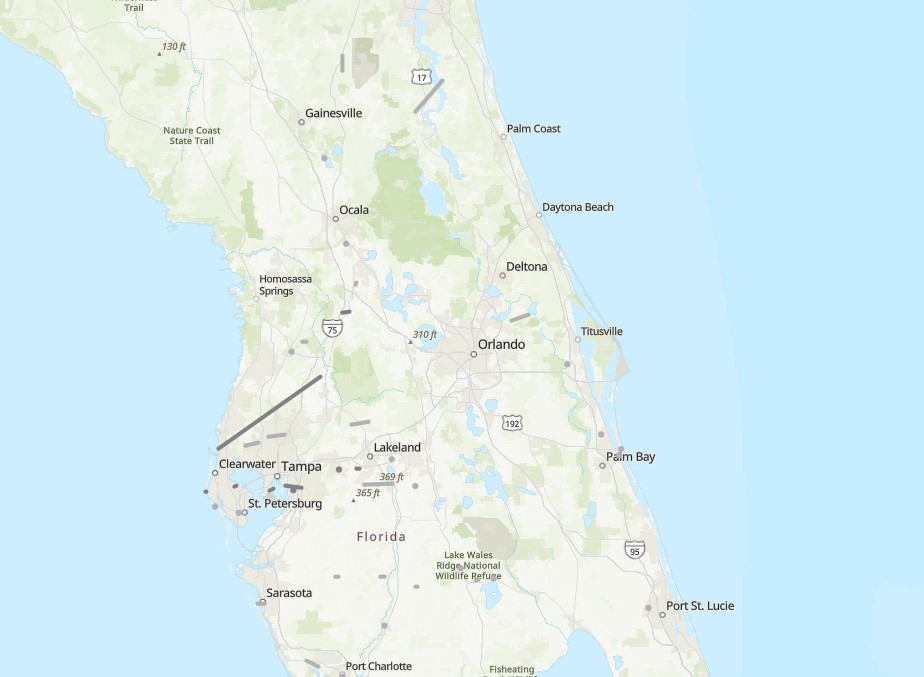


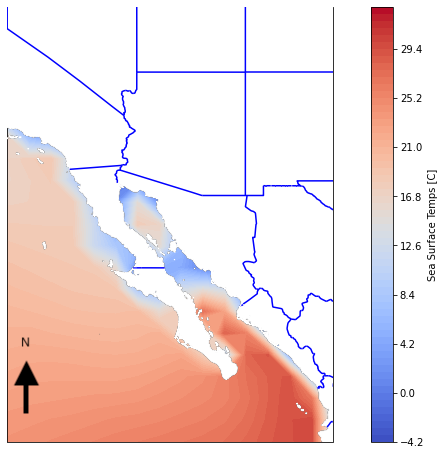
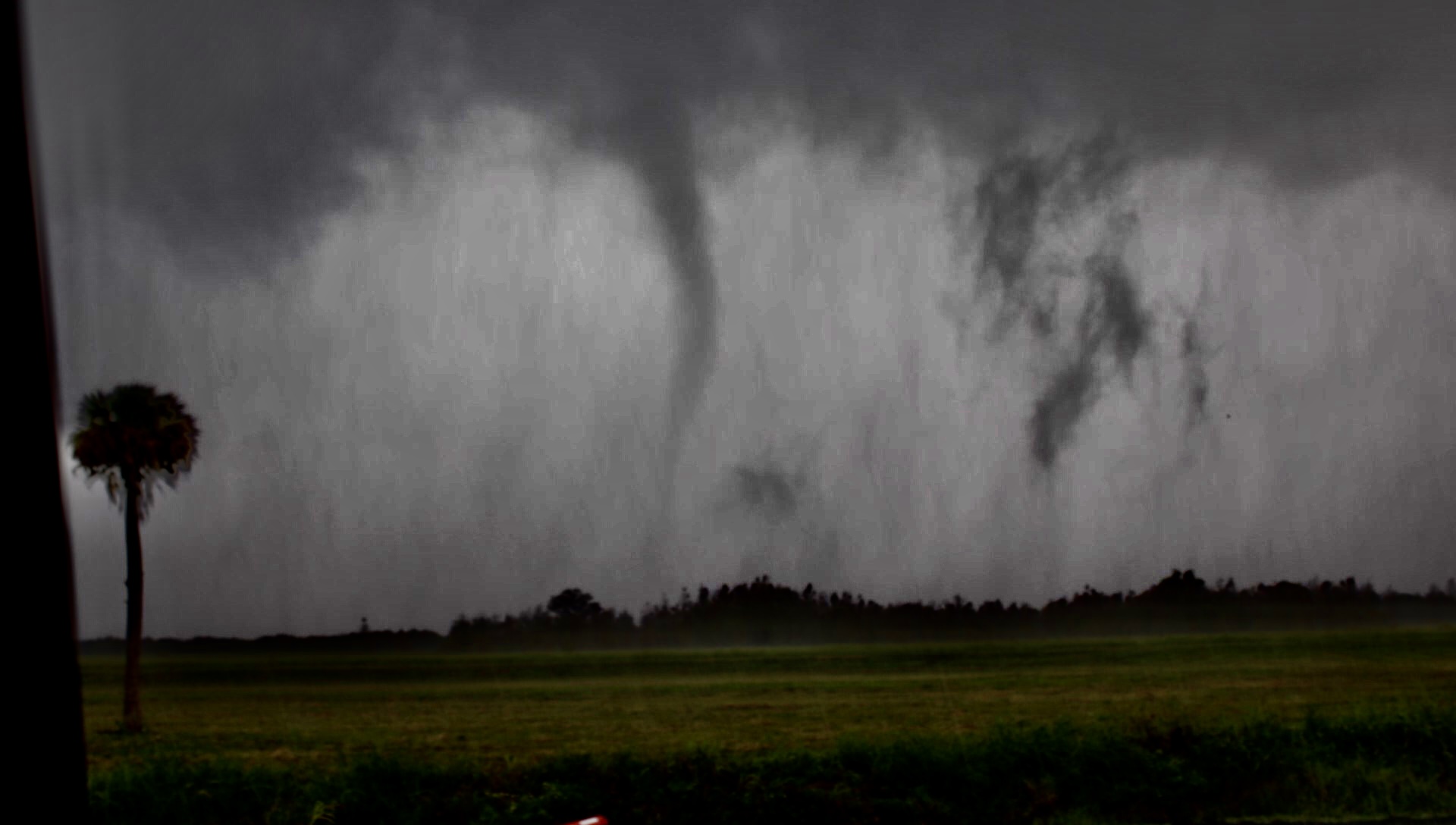
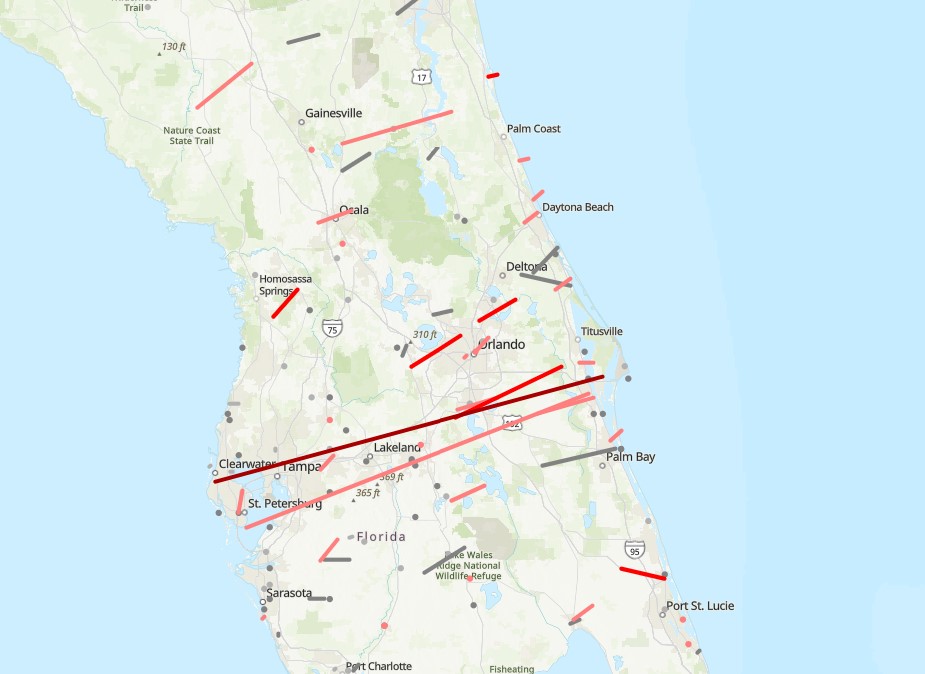
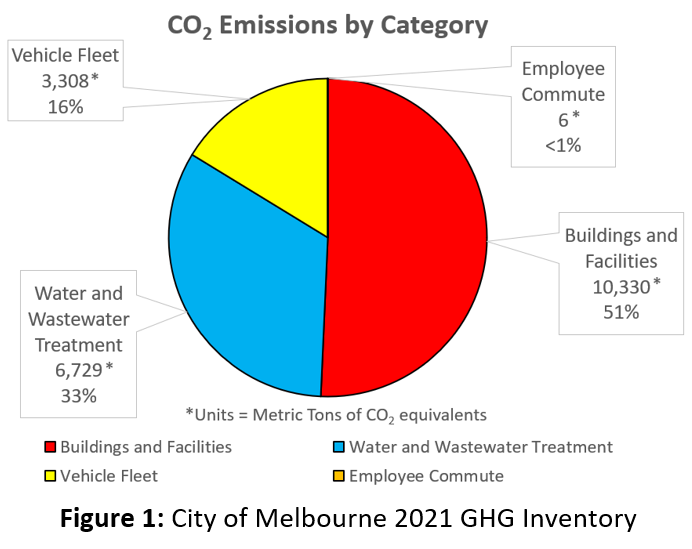
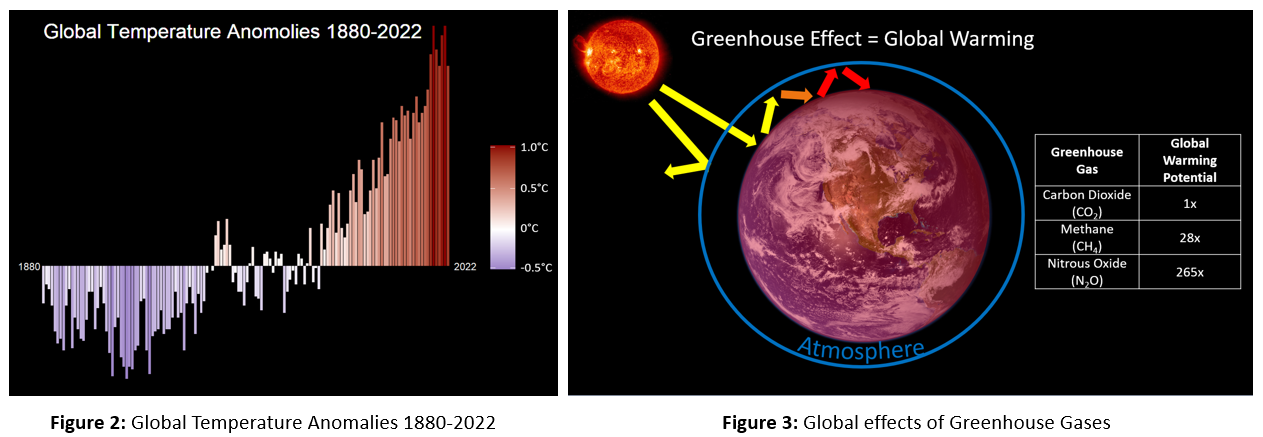
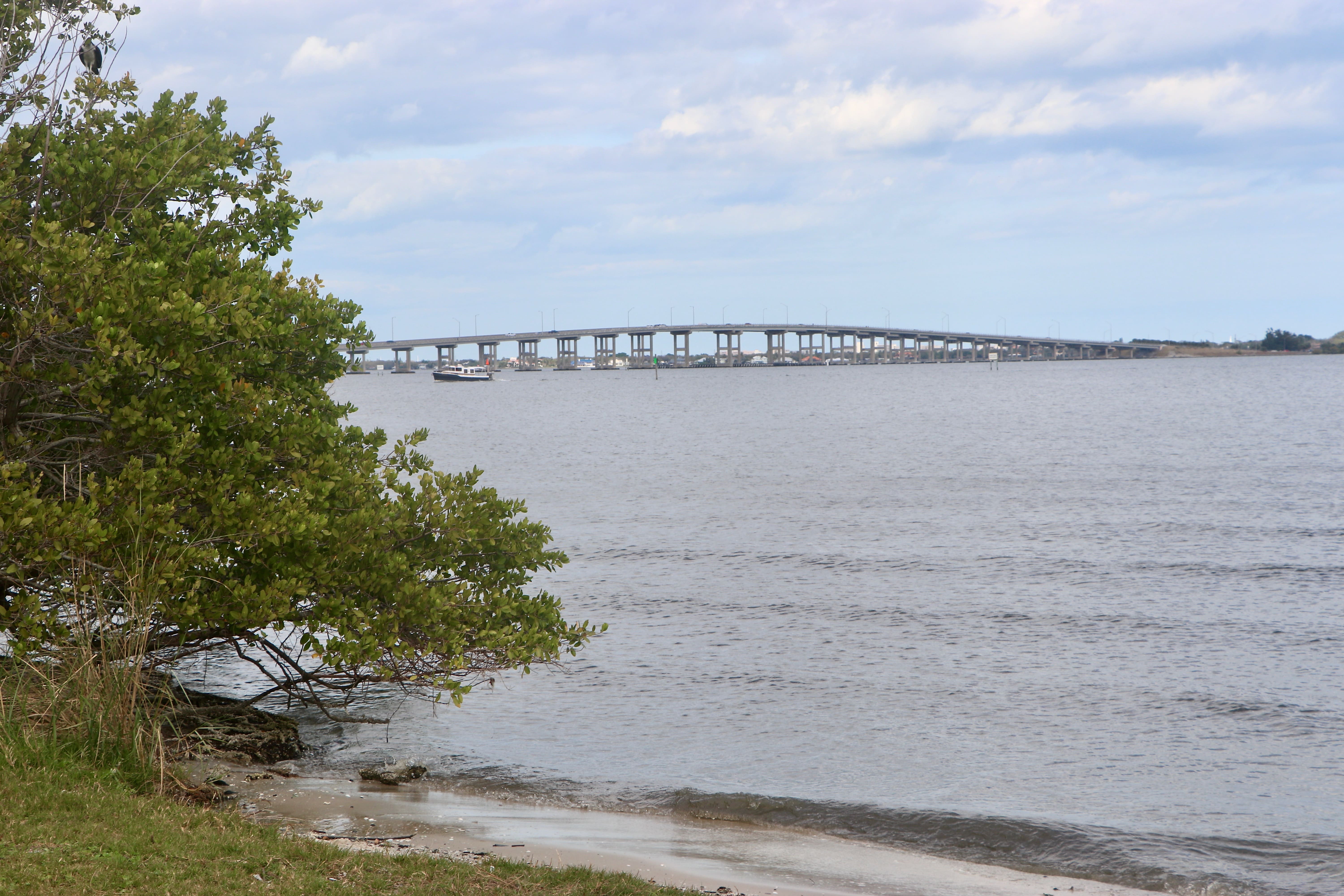
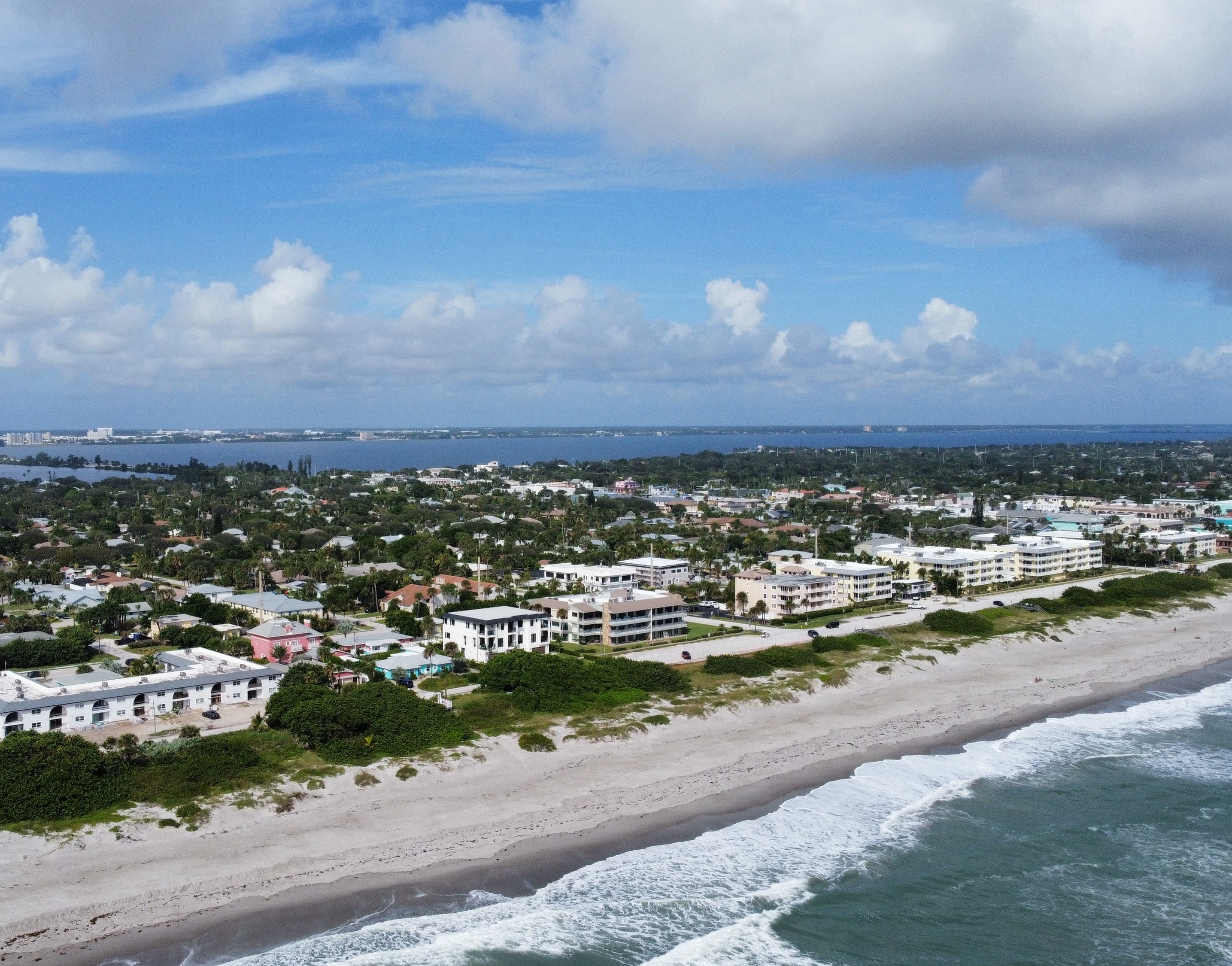


.png)
